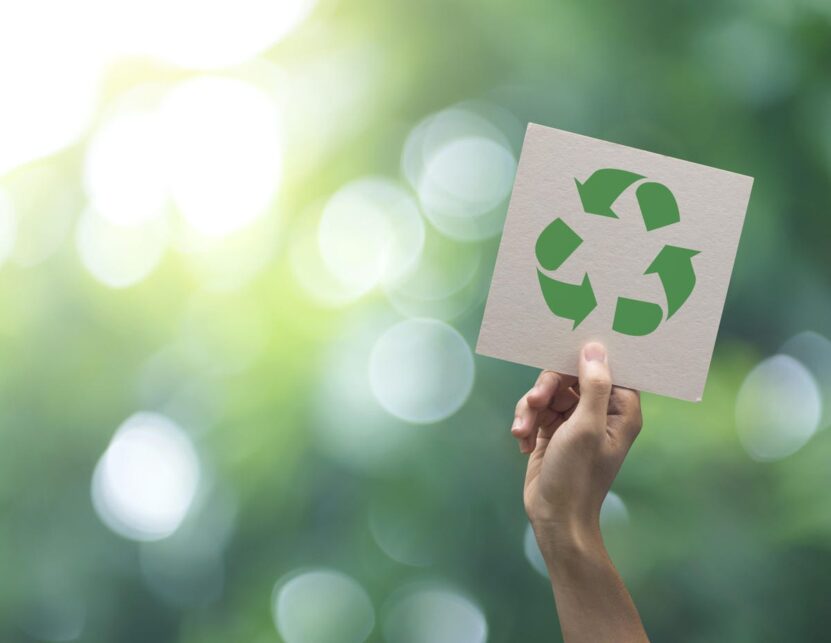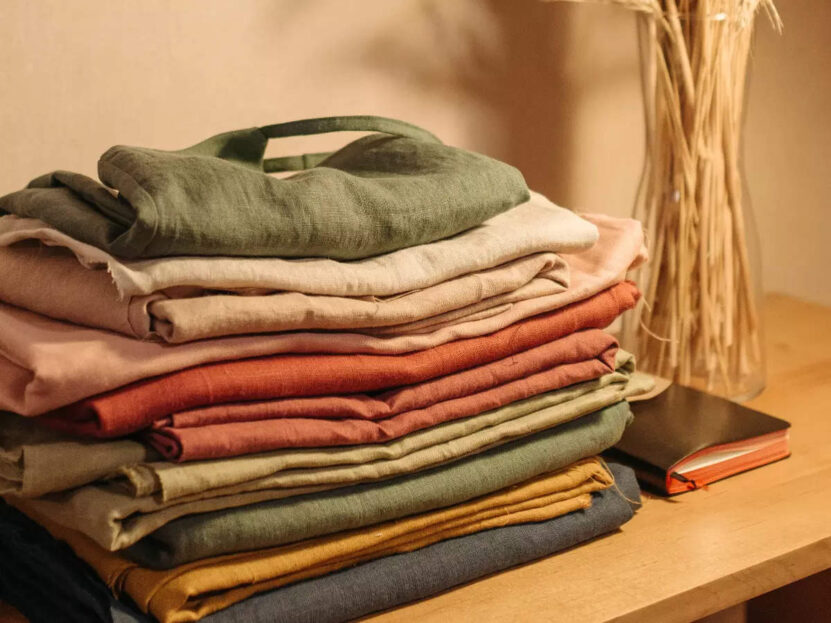How can we encourage our circle of friends to shop more responsibly and sustainably? People around us want to improve their lives most of the time, but they don’t know how to get started. We also sometimes struggle, especially when it comes to the female shopping industry. By getting family and friends interested in sustainable consumption, we can help a field on the verge of a revolution. You also have to figure out places where you can shop. Here is all that you should know!
So, where can you shop responsibly?

Do you want to support a small family business, but also enjoy super high-quality materials? If you’re on the lookout for some boutiques in Omaha, check out fabulousfashionsomaha.com. Browse through different kinds of tops, bottoms & accessories, along with the baby aisle. There are also some cool shoes for you to choose from. With loads of different color options and super stylish pieces, every girl is going to enjoy her selection, while knowing that they’re staying responsible.
How to Shop Responsibly and Ethically: Top 5 Tips To Follow
1. Have a different mindset: you are doing the world a favor
Companies are behaving ethically in part to decrease the impact they have on the environment. If you want to do a good deed, why not shop ethically? The global community is currently focused on resolving the climate catastrophe, which is not a new problem but is definitely of the utmost importance. With the right brand which is aware, they will cultivate materials organically to minimize the usage of hazardous chemicals during production. The company may convert to more environmentally friendly practices whenever it becomes necessary, such as utilizing recyclable or biodegradable packaging or making efforts to lessen its overall water or energy impact. Supporting companies that try to have a smaller impact on the environment is in everyone’s best interest. You can help preserve the world we all eventually have to leave by making purchases that are good for people and the environment.
2. Go eco-friendly

Think about investing in green, healthy products that are made with minimal impact on the environment. Try to find products that may be recycled or composted, as well as those that are manufactured from all-natural, organic components. Invest in better quality, longer lasting, and more sturdy products. Low-impact materials are a good place to start when looking for ethically made products. It’s a great method for picking better products. Our carbon footprint is heavily dependent on the raw materials and ingredients we use. If you watch out for what you eat and put in your body, why not care for planet Earth as well? Although some of them, like cotton, need a lot of water, materials made from natural and organic fibers like organic cotton, hemp, linen, jute, wood, glass, and paper have little impact on society or the environment. Despite their potential contribution to global plastic pollution, sustainable synthetic materials including recycled polyester, nylon, lyocell, and biobased polymers provide another eco-friendly option.
3. Cruelty-free is good for everyone
Think of the creatures, especially if you are a cat or a dog owner! Meat consumption is a major contributor to the degradation of our planet. Due to the necessity of producing livestock and forage, water and land are in high demand. Modern industrial livestock production is also unethical and unhealthy. When perusing cosmetic products, consider animal welfare. According to vegan and cruelty-free labeling, no animal products are used during the production process. Even if it is not vegan or organic, a cosmetic may bear a label stating that it was not tested on animals. What can you do about this information when shopping? Consider whether the shoes or bags that you’re purchasing are leather or synthetic. The production of leather is extremely hazardous to both the environment and the workers, the majority of whom are minors. Stop exposing little kids to poor & hazardous materials, and go for any other pair of leather shoes, leather belts, bags, etc.
4. Know your labels & fabrics

Generally, ethical businesses will include information on their website regarding the certification standards they adhere to and participate in. Some of the basics that you should watch out for and keep in mind are:
Nylon is an entirely synthetic material that is commonly found in apparel, hosiery, and athletic wear. Nylon is a type of plastic, and to create the stretchy fabric we wear, it is subjected to an intensive chemical procedure that produces strong, stretchable fibers. Nylon produces a significant quantity of nitrous oxide. Nitrous oxide is 300 times more potent than carbon dioxide as a greenhouse gas. Large amounts of water are also used to cool the fibers, and the process of transforming nylon into the stretchy synthetic material found in apparel requires a great deal of energy.
Polyester – another synthetic material that is not biodegradable. Polyester is made from coal, oxygen, water, and petroleum. Polyester fibers are produced by a chemical reaction involving an acid and an alcohol, petroleum, oxygen, and water. Polyester is an uncomfortable material to wear because these unnatural chemicals and lack of breathability are not designed for constant human contact, which is a significant part of wearing garments!
If you can, avoid wearing these fabrics ever again.
5. Give things a second chance
The popularity of bazaars and thrift shops is rising. Nowadays, we get to see a ton of shopping stores that are inclusive, as well as fashionable. This is also a result of the influence of social media and the internet, which make it easier to sell unwanted products. Additionally growing in popularity is vintage. I give a product I get a second chance by using it again or by upcycling it. It also means that I can buy clothes for less money than I would even pay in a fast-fashion store. In the end, this produces a design that takes into account both the environment and the people in textile factories. You should also try to rearrange your closet, but also figure out new ways how you can make some pieces work!
